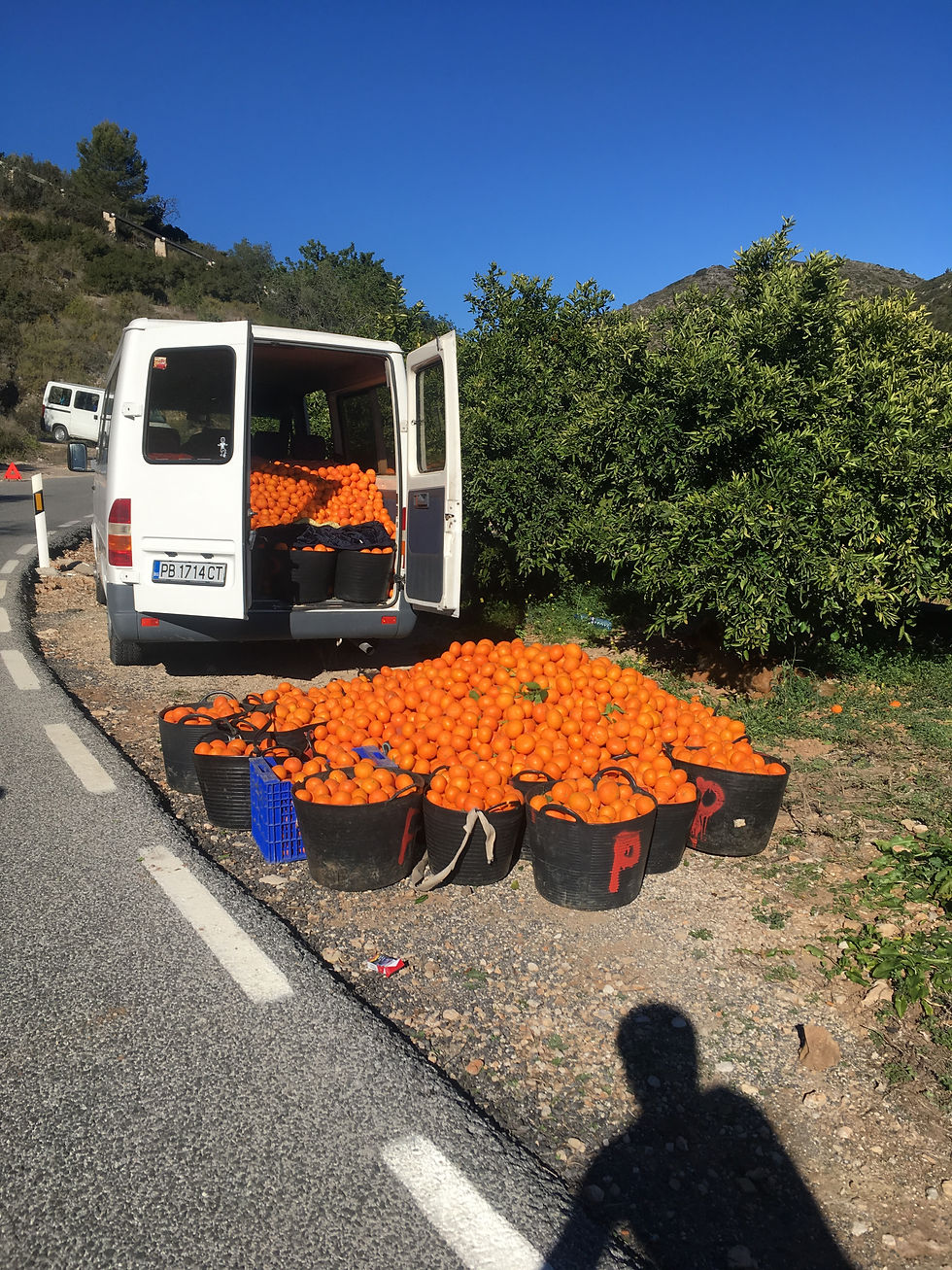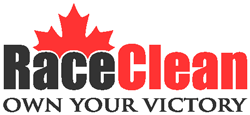Insight
- Edward W
- Jan 22, 2018
- 4 min read
It has been two weeks since my stressful day of departure from Halifax (see last post). I am settling into full time training again for another year here in Europe. My season is slated to start in late February with some Kermesse races in Belgium before we quickly ramp it up to the nations cups; one of my main targets for 2018. I thought I would go into some detail on what that means for a 21-year-old aspiring pro like me. I will try to give you some insight into what some of my training rides look like, what I am doing nutritionally on and off the bike, and what some of my strength workouts look like.

For the last two weeks it has really been all about getting re-adapted to spending long hours in the saddle. The first three days I was here comprised three, four-hour rides, and that had me hurting. It’s nice once the strength started to come back after a rest day, and by the end of week one I felt like I was right back where I left off last year.

My coach and I use standard training blocks, three days on, and then a recovery day, and repeat. A four-hour training ride for me at this time of year will usually look something like this:
4 hours at 190-220 average wattage, and include three climbs (roughly 20 minutes each) and do the climbs at 325-350 watts.
This kind of training is the ultimate for me. I found over the past few years that nothing boosts my fitness like doing these ‘high tempo/low threshold’ intervals up mountains. This zone is called the ‘sweet spot’ that coaches refer to, and it is roughly ~85-90% of your FTP or functional threshold power. Once the season gets closer I will start to do much more specific work, but for now these long-sustained efforts are excellent building blocks for what is to come.

Nutrition is next. I will say that this is somewhere I could make improvements, and not in the ways you might think. When I find myself in full time training blocks abroad, nutrition is something that usually comes relatively easy for me. I usually struggle most when I am at home with my mom preparing amazing meals all the time. The thing that often catches me is meal timing and snack timing. For example, on days when I have two workouts; a ride followed by a gym workout, usually 2-3 times a week, I will fuel for a ride as usual, go out and eat plenty on the bike, come back and then eat too much because I think that I need to fully top up the supply for the next workout. I usually give myself a number of hours between riding and gym to maximize recovery and to get the most out of both workouts, and often eat too much during that time gap.

Let’s talk about how I fuel a standard riding day. Just today I had a five-hour ride with two hard climbing efforts, so this will be my example. I usually wake up around 7 am, and we leave for the rides out of the base at 10 am. I will start off with a bottle of water, this is something I do every day as your body is always water deprived after sleep, and it helps to take the edge off of hunger. After that I will make some coffee. Around 8 am I will have breakfast, usually consisting of a bowl of plain yogurt with fruit and muesli, I had two bowls this morning because it was a long day and I never really worry about over eating before rides anyway; it will all get used. Once I get out on the bike I will bring enough food to eat a bar or rice cake every 30 mins. That is just a straightforward way to calculate the amount of food to bring, but as a rule, never be hungry on the bike. If you don’t have enough stop and buy more. I will always stay topped up and usually only feel a little hungry in the final 30 minutes of my rides when I am close to home and minutes away from that smoothie! Post ride smoothies are something that the team Canada nutritionist has me hooked on. One scoop of protein powder, milk, one big handful of spinach, and a banana - a perfect way to start recovering.

Once I have returned from a ride, had my recovery shake and maybe another snack with it to fill the tank; it is time to slow down. This is the part that is hard to accept for anyone, but being hungry is key to weight loss. For dinner I usually have something light and aim to be going to bed hungry. My method is a popular one and I find that it works very well. To summarize I eat lots early, and especially lots on the bike. I make sure I am making the most of my recovery meal and then back right off and let myself be hungry in the evening. Linking back to what I said above when you go to bed hungry, you wake up even more hungry, that is when it is a good idea to drink some water and take the edge off so you don’t go reaching for that unhealthy breakfast.

It is all about doing things in a sustainable manner, that is how you should gage your meals and your perceived hunger. If you go to bed starving, then you will quickly find it too hard on yourself mentally and you will quit. Some things I found helpful to help stick to this plan are decaf coffee, that way I can have it later in the evening (plus I love coffee). Sparkling water is also a good way to knock off a bit of hunger, as well as high protein and fat meals to keep you sustained longer.

I will do another post on this talking about other nutrition strategies that I have tried and answer any questions that anyone may have on this one. I will write about my gym workouts in the next post. I have been doing many sessions at the gym this year and I have really found them effective.












Comments